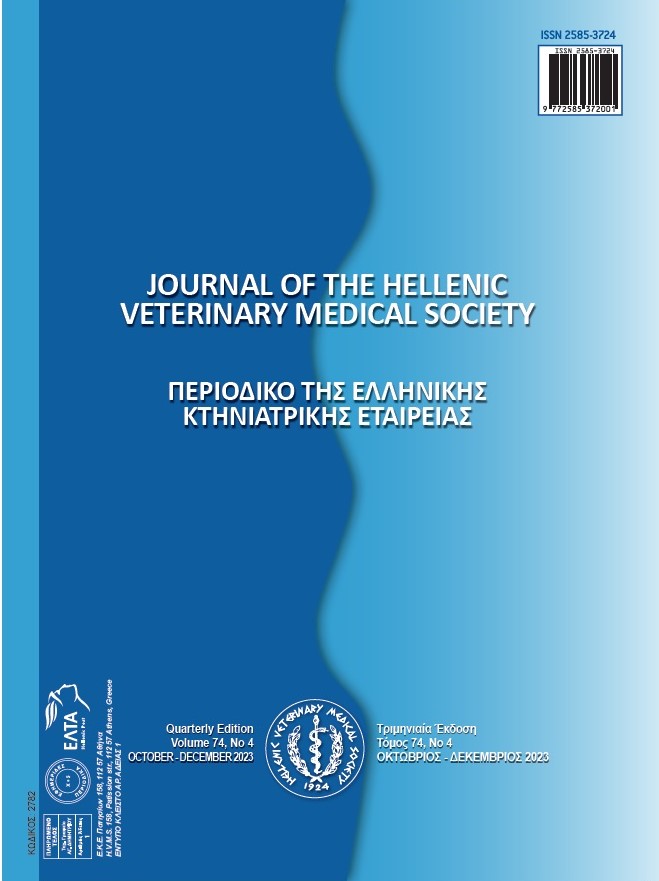Two anaesthetic protocols and perioperative monitoring in a dog with asymptomatic right bundle branch block.

Abstract
A 16-year-old mixed breed dog was presented for skin mass excision. During initial evaluation, a right bundle branch block and a mitral valve insufficiency were detected, while concentration of cardiac troponin-I (cTnI) was slightly elevated at 0.653ng/ml. The dog was anesthetized with fentanyl and propofol, maintained with isoflurane and a ring block of lidocaine was also performed. Anaesthesia and peri-operative monitoring was uneventful, while post-operative concentration of cTnI was elevated at 1.34 ng/ml. The following day a partial urethral obstruction was noted, and the dog was rescheduled for cysteotomy and urethrostomy to avoid complete obstruction. The second anaesthetic protocol consisted of fentanyl, midazolam and etomidate for induction and isoflurane for maintenance with the addition of fentanyl as a constant rate infusion. Anaesthesia and perioperative monitoring were also uneventful. Post-anaesthetic evaluation revealed an increased cTnI plasma concentration at 2.57 ng/ml. Ten days later, during re-examination, the plasma concentration of cTnI had returned to normal and no deterioration was noted on ECG examination. Four months later, the patient’s physical status and ECG examination indicated no further dysfunction of the heart.
Article Details
- How to Cite
-
Flouraki, E., Koutinas, C., Anagnostou, T., Savvas, I., & Kazakos, G. (2025). Two anaesthetic protocols and perioperative monitoring in a dog with asymptomatic right bundle branch block. Journal of the Hellenic Veterinary Medical Society, 75(4), 8495–8500. https://doi.org/10.12681/jhvms.37463
- Issue
- Vol. 75 No. 4 (2024)
- Section
- Case Report

This work is licensed under a Creative Commons Attribution-NonCommercial 4.0 International License.
Authors who publish with this journal agree to the following terms:
· Authors retain copyright and grant the journal right of first publication with the work simultaneously licensed under a Creative Commons Attribution Non-Commercial License that allows others to share the work with an acknowledgement of the work's authorship and initial publication in this journal.
· Authors are able to enter into separate, additional contractual arrangements for the non-exclusive distribution of the journal's published version of the work (e.g. post it to an institutional repository or publish it in a book), with an acknowledgement of its initial publication in this journal.
· Authors are permitted and encouraged to post their work online (preferably in institutional repositories or on their website) prior to and during the submission process, as it can lead to productive exchanges, as well as earlier and greater citation of published work.



